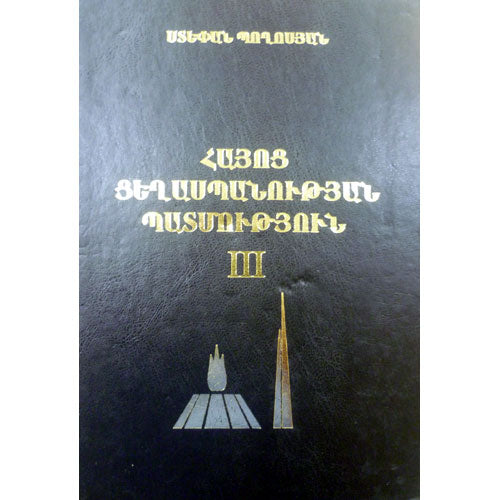Description
History of Armenian Genocide, part 3
History of Armenian Genocide, part 3
Author: Stepan Poghosyan
The Armenian Genocide also known as the Armenian Holocaust, the Armenian Massacres and, traditionally by Armenians, as Medz Yeghern (Armenian: ??? ?????, "Great Crime"), was the Ottoman government's systematic extermination of its minority Armenian subjects inside their historic homeland, which lies within the territory constituting the present-day Republic of Turkey. The total number of people killed as a result has been estimated at between 800,000 to 1.5 million. The starting date is conventionally held to be 24 April 1915, the day Ottoman authorities rounded up and arrested, subsequently executing, some 250 Armenian intellectuals and community leaders in Constantinople.
The genocide was carried out during and after World War I and implemented in two phases: the wholesale killing of the able-bodied male population through massacre and subjection of army conscripts to forced labour, followed by the deportation of women, children, the elderly and infirm on death marches leading to the Syrian desert. Driven forward by military escorts, the deportees were deprived of food and water and subjected to periodic robbery, rape, and massacre. Other indigenous and Christian ethnic groups such as the Assyrians and the Ottoman Greeks were similarly targeted for extermination by the Ottoman government, and their treatment is considered by many historians to be part of the same genocidal policy. The majority of Armenian diaspora communities around the world came into being as a direct result of the genocide.
Raphael Lemkin was explicitly moved by the Armenian annihilation to coin the word genocide in 1943 or 1944 and define systematic and premeditated exterminations within legal parameters. The Armenian Genocide is acknowledged to have been one of the first modern genocides, because scholars point to the organized manner in which the killings were carried out in order to eliminate the Armenians, and it is the second most-studied case of genocide after the Holocaust.
Turkey, the successor state of the Ottoman Empire, denies the word genocide as an accurate term for the mass killings of Armenians that began under Ottoman rule in 1915. It has in recent years been faced with repeated calls to recognize them as genocide. To date, twenty-three countries have officially recognized the mass killings as genocide, a view which is shared by most genocide scholars and historians.
| Author(s) | Stepan Poghosyan |
| Language(s) | Armenian |
| Publisher(s) | YSU Publishing |
| Year | 2011 |
| Pages | 672 |
| Binding | hardcover |
| ISBN | 9785808414006 |

